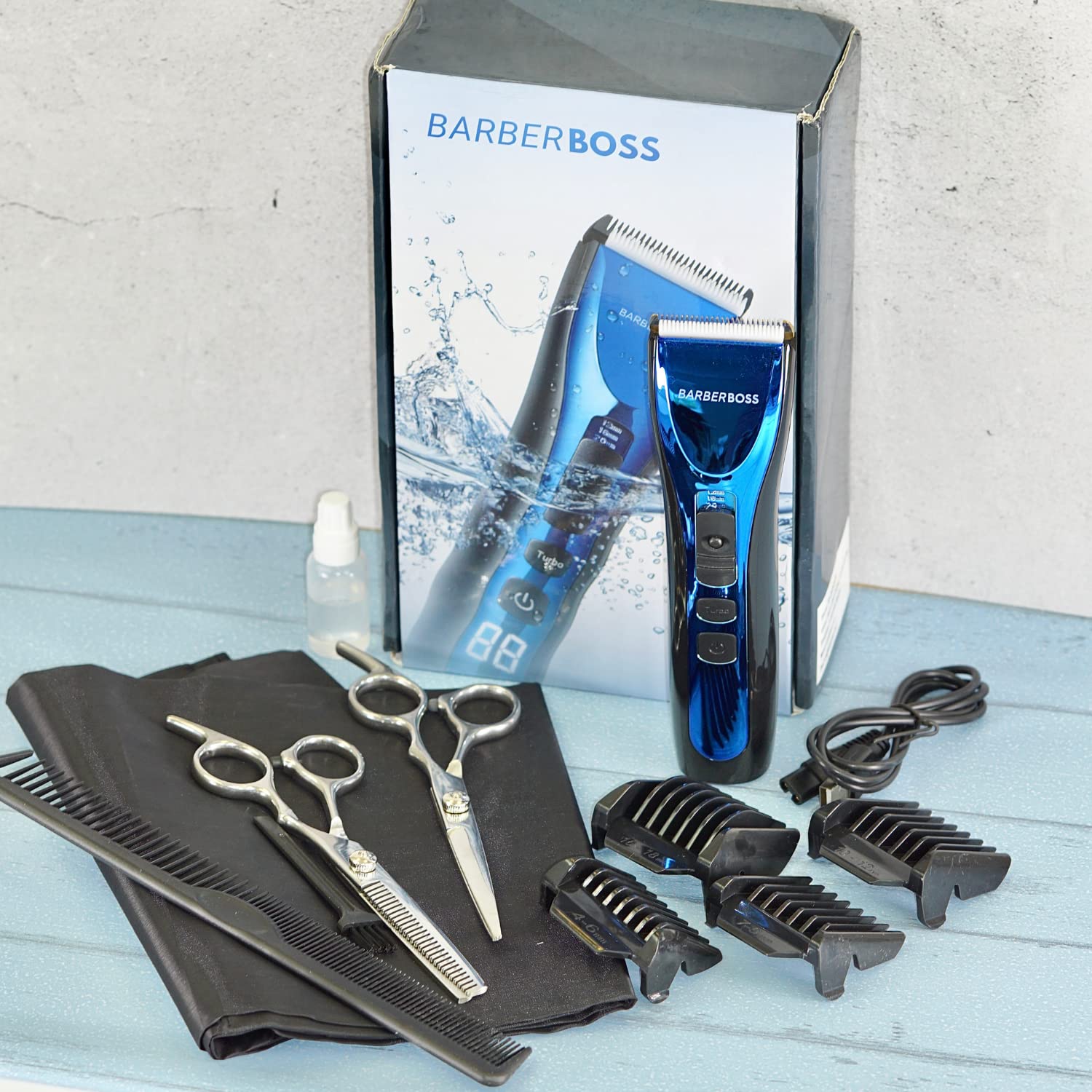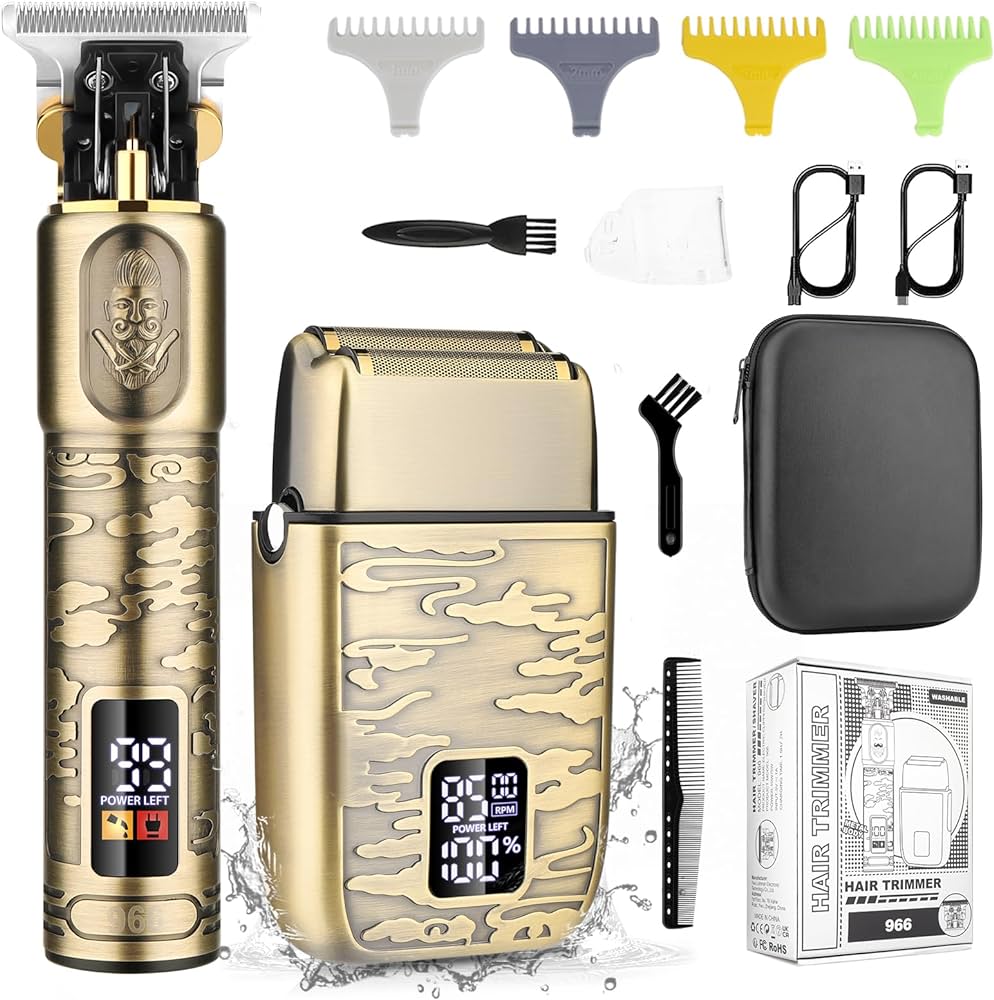Introduction
The sharpness of clipper blades is crucial for achieving a clean and efficient cut. Over time, clipper blades can become dull due to regular use, which can affect their cutting performance. It is important to be able to recognize the signs of dull blades to ensure optimal grooming results. In this article, we will explore how to determine if clipper blades are dull, providing specific details and addressing potential concerns.

How do I know if my clipper blades are dull?
Decreased Cutting Efficiency
One of the primary indicators of dull clipper blades is a decrease in cutting efficiency. Dull blades struggle to cut through hair smoothly, resulting in a slower and less effective cutting process. Here are some key points to consider:
Increased Cutting Time: If you notice that it is taking longer than usual to achieve the desired hair length or style, it may be an indication of dull blades. Dull blades require more passes to cut through hair, leading to a longer grooming process.
Uneven Cutting: Dull blades may cause uneven cutting or leave behind patches of uncut hair. If you observe inconsistent or patchy results despite proper technique, it may be a sign that your clipper blades are dull.
Tugging or Pulling Sensations: Dull blades can cause tugging or pulling sensations during use. If you experience discomfort or notice that the clipper is pulling at the hair rather than cutting it smoothly, it is likely that the blades are dull.
Hair Snagging or Jamming
Dull clipper blades have a higher tendency to snag or jam in the hair, resulting in a less efficient and frustrating grooming experience. Consider the following:
Hair Snagging: Dull blades may cause the hair to get caught or trapped between the blades instead of gliding smoothly through them. If you find that the hair is repeatedly snagging or becoming tangled in the blades, it is a clear indication that the blades are dull.
Clipper Overheating: Dull blades can generate more heat due to increased friction with the hair. If you notice that your clipper is heating up faster than usual during use, it may be a sign of dull blades. The heat can exacerbate the hair snagging issue, leading to further inefficiency.
Lack of Precision and Smoothness
Sharp clipper blades ensure precise and smooth cutting, while dull blades may result in a lack of accuracy and smoothness. Consider the following indicators:
Jagged or Rough Cuts: Dull blades can cause jagged or rough cuts, resulting in an uneven or unkempt appearance. If the hair appears unevenly cut, with visible gaps or inconsistencies, it is likely that the clipper blades are dull.
Frayed Hair Ends: Dull blades can create frayed or split ends on the hair, indicating a lack of precision. If you observe frayed ends or hair that appears frizzy or damaged after grooming, it may be due to dull clipper blades.
Visual Inspection
Performing a visual inspection of the clipper blades can provide additional clues about their sharpness. Consider the following:
Blade Teeth Condition: Examine the teeth of the clipper blades for any signs of wear, damage, or dullness. Dull blades may appear worn down, with rounded or less defined teeth. Sharp blades typically have clean, sharp edges on the teeth.
Blade Discoloration: Dull blades may show signs of discoloration or rust. If you notice any spots of rust or a lack of shine on the blades, it may indicate that they are dull and need attention.
Blade Alignment: Check the alignment of the clipper blades. Dull blades may have difficulty aligning properly, leading to misaligned and less effective cutting edges. Ensure that the blades are properly aligned and securely fastened to optimize their cutting performance.
Testing the Blades
To further assess the sharpness of clipper blades, you can conduct a simple testing process. Here’s how:
Test on Paper: Place a sheet of paper between the clipper blades. Gently close the blades onto the paper without applying excessive force. If the blades cut through the paper with minimal resistance and create clean, crisp cuts, they are likely sharp. However, if the paper tears or the blades struggle to cut through cleanly, it is an indication of dullness.
Test on Hair: Use a small section of hair to test the cutting performance of the blades. If the blades glide through the hair smoothly and effortlessly, providing a clean and precise cut, they are most likely sharp. On the other hand, if the hair is being pulled or the cut seems uneven and jagged, it suggests that the blades are dull.
Solutions for Dull Blades
If you determine that your clipper blades are indeed dull, there are several solutions to address the issue:
Blade Sharpening: Professional blade sharpening services can restore the sharpness of dull clipper blades. Consider seeking assistance from a reputable sharpening service or a professional barber who can sharpen the blades for you.
Blade Replacement: If the blades are severely worn or damaged, it may be necessary to replace them. Most clipper manufacturers offer replacement blades that are compatible with their specific models. Ensure that you select the correct replacement blades to maintain optimal performance.
Regular Maintenance: To prevent blades from becoming dull, establish a regular maintenance routine. Clean the blades after each use, apply lubrication, and follow manufacturer recommendations for blade care and sharpening intervals.
Conclusion
Recognizing the signs of dull clipper blades is essential for maintaining optimal grooming results. Decreased cutting efficiency, hair snagging or jamming, lack of precision and smoothness, and visual indications such as worn teeth or discoloration are all indicators of dullness. By conducting visual inspections and performing simple tests on paper and hair, you can confidently assess the sharpness of your clipper blades.
If you determine that your blades are indeed dull, consider solutions such as blade sharpening or replacement. Regular maintenance, including proper cleaning and lubrication, can also help prevent blades from becoming dull. By addressing dull blades promptly, you can ensure a smoother and more effective grooming experience.

Leave a Reply